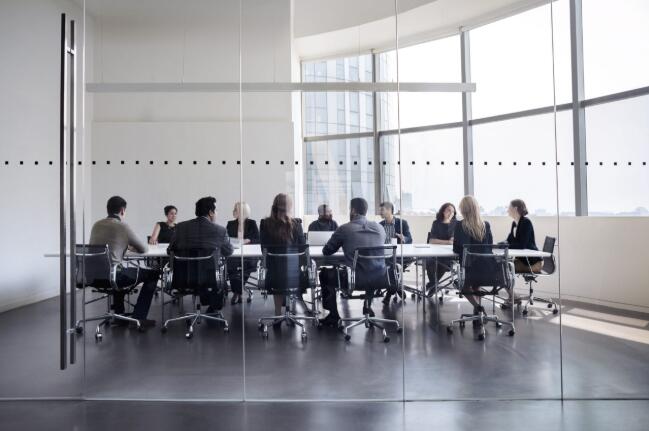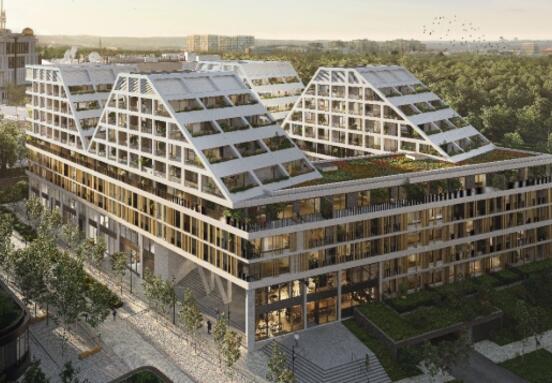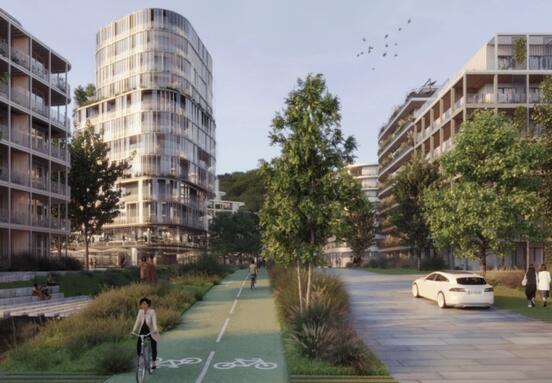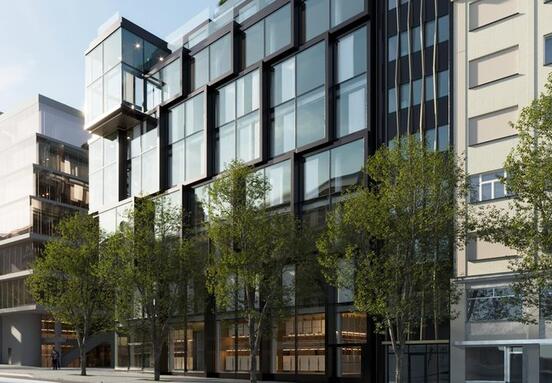The Global Shift Back to the Office
After a period dominated by mass home office, a significant reversal is underway. Major companies across the USA and Europe are intensifying attendance requirements, steering employees back to offices that are once again becoming hubs for team collaboration. This trend is equally pronounced in the Czech Republic, where firms are bolstering an 'office-first' culture and simultaneously investing in modernizing and enhancing the flexibility of their workspaces.
While remote work symbolized flexibility during the pandemic, the tide has turned. Large employers worldwide are discontinuing 'automatic' home office options and implementing clear attendance policies. In the USA, giants like Amazon and JPMorgan Chase now mandate five days a week in the office, Goldman Sachs champions an 'office-first' model, and PwC links in-office presence to bonus eligibility. Citi is even intensifying physical presence monitoring for hybrid teams. Federal agencies have also substantially curtailed widespread remote work this year, requiring increased in-person attendance. Roman Bohumínský, Director, Office Agency at Prochazka & Partners, notes that average office occupancy in major US cities has stabilized at 50–55%, the highest level since the pandemic.
Europe reflects a similar trajectory. Deutsche Bank in Germany requires managers to be in the office at least four days a week, with one day falling on a Monday or Friday. Lloyds Banking Group factors senior employees' attendance into performance reviews and bonus payouts. Allegro in Poland is phasing out fully remote roles, transitioning to four days in the office by January 2026. In the Czech Republic, Komerční banka, for example, has capped home office at one day per week. Current occupancy rates for Prague offices consistently exceed 60% on four out of five working days.
Anticipating Future Office Demand Amidst Evolving Workforce Dynamics
As attendance rules progressively tighten, an uptick in demand for office spaces is anticipated over the next 24 months. This 'back-to-office' trend is also manifesting in the technology sector, where global demand for coders is declining, partly due to the proliferation of low-code platforms and the increasing adoption of artificial intelligence (AI). Radek Procházka, Managing Partner at Prochazka & Partners, highlights that AI significantly boosts individual developer productivity, leading to an overall reduced need for human capacity. He adds, "This isn't limited to IT; within a few years, AI will increasingly replace routine and low-skilled administrative tasks across various sectors, particularly in call centers, back-office support, and shared service centers. Specialized AI agents will assume a substantial portion of these duties, which will temper some of the new demand for offices." Therefore, while an initial surge in demand for workspaces is expected, a long-term, sharp increase in overall demand is unlikely; rather, a gradual equilibrium between these opposing trends is foreseen.
Designing for the Future: Flexibility is Key for Modern Workspaces
In light of these evolving trends, new office spaces must prioritize maximum flexibility – both in capacity and operation. Fixing square footage based on current headcount is no longer viable; spaces should be designed to accommodate scenarios of growth and contraction, as well as team rotations. Ondřej Michálek, Head of Architecture at Prochazka & Partners, explains that their architectural studio frequently incorporates modular layouts, multi-purpose shared zones, and rapidly reconfigurable furniture in its designs. He concludes that given current trends, offices must not only be representative but also easily adaptable to changes in company operations, ensuring maximum functionality.
Source: prochazkapartners.cz








